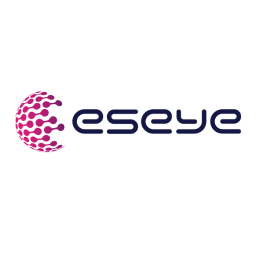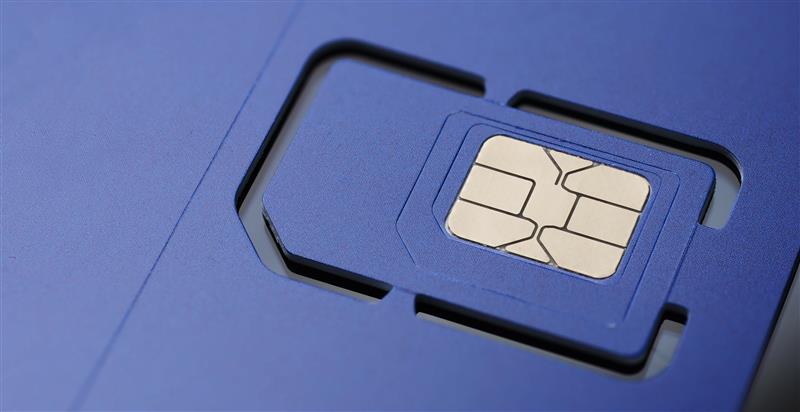As the Internet of Things (IoT) universe matures, healthcare has emerged as one of the key verticals most open to disruption, with significant opportunities for both preventative and curative medicine enhanced by IoT technology.
Not only is telehealth, telecare and remote patient monitoring (RPM) changing how people with long-term medical conditions and disabilities are being cared for, the constant monitoring and data collection capabilities of wearable IoT, for everything from blood pressure to glucose levels, is enabling previously impossible insights into human wellness.
In some cases, health and fitness data collected from consumer wearables such as smart watches can even help to identify potential indicators of conditions such as arrhythmia and other heart problems, without a full-fledged investigation by a doctor.
Potential for IoT in healthcare

The COVID-19 pandemic sparked something of a revolution in remote healthcare and patient monitoring by proving that patients and physicians could still interact in safety during a contagious outbreak, and effective care could be delivered even if both parties were in different locations.
But the telehealth and telecare trend has since persisted, not just because of its effectiveness, but due to the realization of the potential of the Internet of Medical Things (IoMT) in terms of cost reduction and profit increase for healthcare providers and medical technology companies alike.
Indeed, Eseye’s State of IoT Adoption report found that healthcare and medical device organizations rated increasing revenue (54%), contributing to sustainability goals (52%) and delivering a competitive advantage (49%) as the top benefits that IoT initiatives could execute on. With global connectivity improving and device costs in general on a downward trajectory, this looks like a trend set to continue.
IoT applications make remote healthcare more accessible than ever. Wearable devices and body-mounted sensors including watches, wristbands, pendants and patches securely collect multiple data points and wirelessly transmit the data back to a cloud-based analytics application where it can be processed in real time. This can not only trigger real-time alerts for both patients and healthcare professionals if anything changes, but the wealth of historical data can surface even greater insights into patient wellbeing.
This model also eliminates the need for the patient to make visits to the hospital or physician’s surgery, better serving the less mobile and improving the experience of both patient and healthcare professionals.
Benefits of IoT for patients
IoT-enabled healthcare enables enhanced remote monitoring and highly personalized care for the individual. For medical professionals and technology companies it helps businesses transition from a reactive model of care to a proactive and preventative approach.
Telehealth and telecare equipment can help patients manage long-term health conditions from the comfort of their own home, dialling in specialist support from doctors, nurses, or physicians when required.
Connected devices and sensors can also enable environmental monitoring through alarms, cameras and health and fitness apps that send information to family, friends, caregivers, or even emergency services.
Wearable IoT technology helps healthcare providers monitor patients’ health and vitals, providing continuous data and insights.
IoT telehealth applications in healthcare

IoT connected medical devices and applications in healthcare include:
- Blood pressure monitoring: Wearable devices with sensors can provide continuous monitoring and help identify health problems early
- Blood glucose monitoring: Wearable patches that monitor blood sugar levels and can send alerts to users via apps
- Connected inhalers: Smart inhalers that connect to a phone app to monitor asthma or chronic obstructive pulmonary disease by keeping track of oxygen levels, and sending reminders for medication
- Connected sensors: Emerging solutions are being developed for conditions like chronic urinary tract infections using biosensor technology.
- Heart rate monitors: Wearable devices that monitor heart rate and detect anomalies
- Ingestible sensors: Tiny, swallowable devices that transmit data from inside the body, used for monitoring medication adherence or gastrointestinal health.
Use case: Telli Health
Telli Health’s range of global remote patient monitoring devices includes a blood pressure monitor, blood glucometer, pulse oximeter, and thermometer, enabled by Eseye to lead the global healthcare device marketplace.
Telli Health selected Eseye to manage its device connectivity process end-to-end, utilising Eseye’s unrivalled technical device and network expertise to achieve eUICC certification.
Challenges and future trends in telehealth
There are still challenges to overcome in IoT healthcare however, and primary care physicians and other healthcare providers see data security and limited infrastructure as top concerns, although both are being addressed.
Because the healthcare industry deals with heavy volumes of patient data records, health survey data, administrative data, and other sensitive data, service providers are required to comply with HIPAA (Health Insurance Portability and Accountability Act) when handling protected health information (PHI).
Technology providers are continuing to promote data interoperability in healthcare to improve patient outcomes, break down silos and help avoid vendor lock-in. AI can also help scale, improve and speed up analysis of data to generate life-saving insights, especially in clinical decision support and predictive modelling.
As telehealth visits have skyrocketed globally since the pandemic, increasing demand for more digital interfaces to monitor health, device manufacturers have focused on connectivity. Now, IoT service and device providers in the healthcare space are delivering interoperability solutions for real-time access to patients from any remote location.
Work with Eseye on your telehealth IoT project

Eseye is a cellular connectivity specialist that understands the unique challenges faced by telehealth manufacturers, whose users are widely dispersed and not always tech-savvy. Working together from the planning and development stage right through to device testing and rollout, we enable them to maximise business value while minimising project risk.
Our AnyNet+ eSIM allows continuous and ubiquitous cellular connectivity to be built into telehealth devices by design. The eSIM can be programmed to automatically detect and connect to the most available mobile network and to switch network if the connection drops or the environment changes anywhere in the world, thanks to Eseye’s relationships with more than 800 mobile network operators.
Wherever you are in the development of your telehealth device, system, or service – and whether you require one-off specialist guidance or need someone to manage your expanding IoT estate – Eseye’s IoT connectivity solutions and IoT services can help you.
Eseye brings decades of end-to-end expertise to integrate and optimise IoT connectivity delivering near 100% uptime. From idea to implementation and beyond, we deliver lasting value from IoT. Nobody does IoT better.

